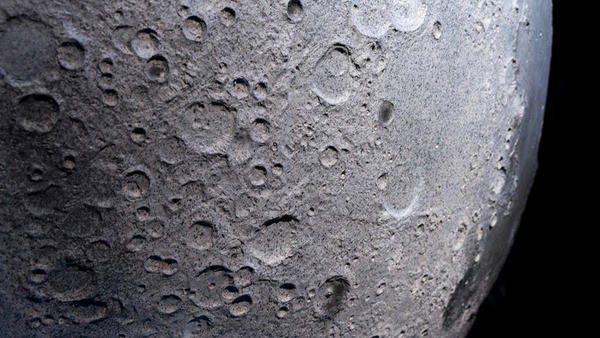China's uncrewed Chang'e 6 spacecraft successfully touched down on the Moon in a landmark mission to gather soil and rock samples from the far side of Earth's natural satellite, the China National Space Administration said. The probe landed at 6:23 a.m. Beijing time on Sunday in a preselected area northeast of the South Pole-Aitken Basin.
Later, the lander will conduct preliminary checks after setting its feet onto the surface; then, the first samples will be collected by the robotic arm. If returned successfully, this would provide scientists with the first samples from the Moon's little-explored dark hemisphere, which always faces away from Earth. According to the Chinese space agency, the mission is expected to last about 53 days. It also posted stunning footage shot by the spacecraft during the final moments of landing.
The mission took off on May 3rd, and it is the sixth of the Chang'e Project within the Chinese Lunar Exploration Program, as well as the second intended to bring back samples. Its predecessor, Chang'e 5, retrieved rocks from the near side of the Moon in 2020, which raised some surprises regarding this celestial body when samples were found to be much younger than those retrieved by the US Apollo and Soviet Luna missions 50 years ago.
The samples brought back by the Chinese probe, scientists say, could create significant discoveries about the history and development of the Moon, as its two hemispheres differ vastly, at least from the surface. For instance, the near side is covered in volcanic seas, which are quite rare on the far side for reasons still unexplained.
"First-hand, direct samples from the Moon's far side are essential to giving us a deeper understanding of the characteristics and differences of the two sides of the Moon and to revealing the secrets of the Moon," said Zeng Xingguo, with the National Astronomical Observatories under the Chinese Academy of Sciences. Quentin Parker, an astrophysicist at the University of Hong Kong, noted that the specifics of the landing site could also provide clues to the Moon's history. "The samples collected around the South Pole-Aitken basin could also have materials that were excavated from the deep mantle due to the giant impact that formed the basin, providing excellent information concerning the condition of the Moon at the time of its formation around 4.5 billion years ago," he told South China Morning Post.








